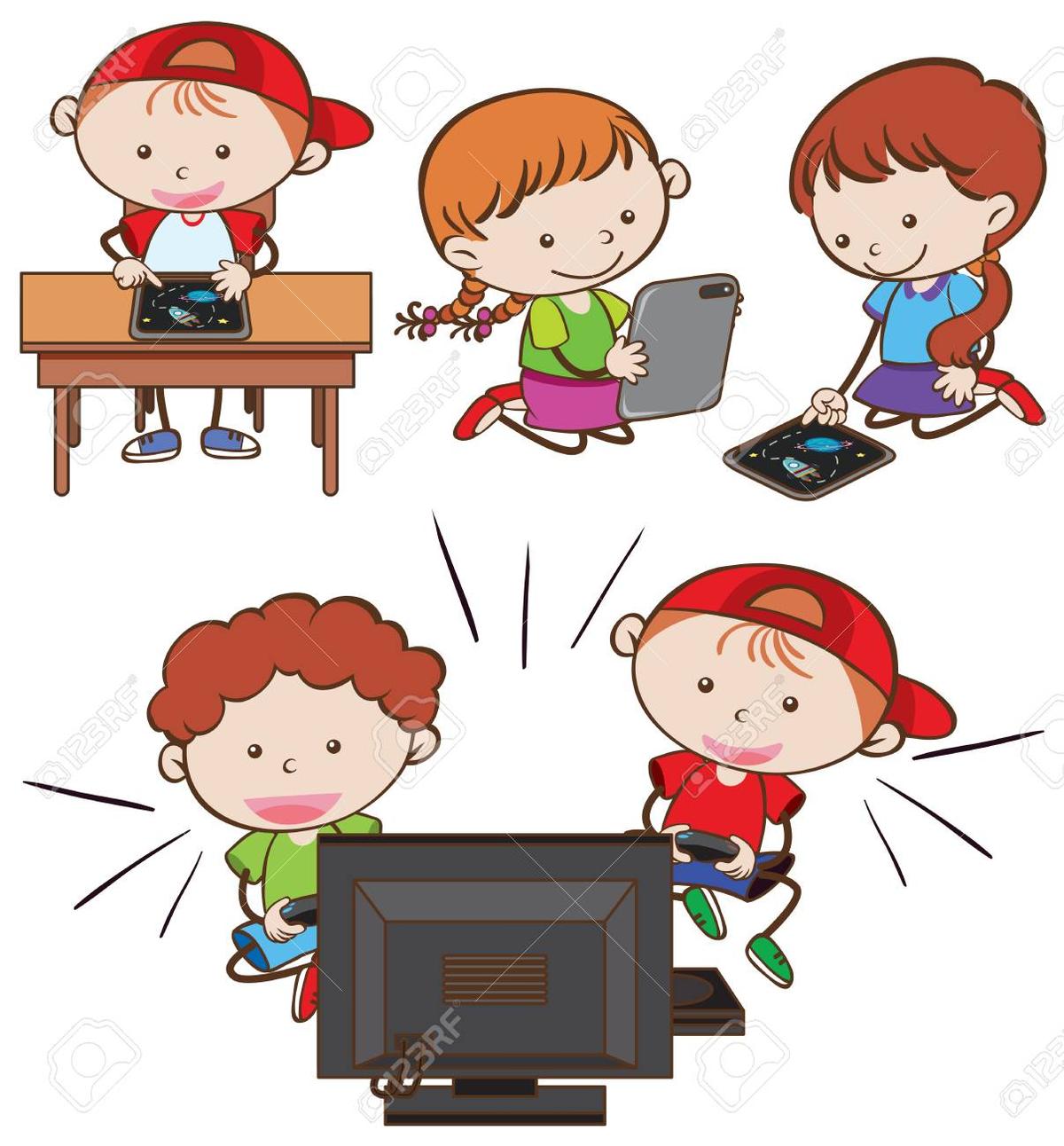Student Wellbeing News

Topic: Time Online
How much is too much?
There is no magic figure. The right amount of screen time can depend on a range of factors like your child’s age and maturity, the kind of content they are consuming, their learning needs and your family routine. It can be easy to focus only on the clock, but the quality and nature of what they are doing online, and your involvement, are just as important.
Consider your child’s screen use in the context of their overall health and wellbeing. For example, is online time getting in the way of their sleep and exercise? Is it impacting on their face-to-face connections with family and friends? The answers to these questions will guide you and help strike the right balance of online and offline activities for your child.
Signs that your child’s online activity may be having a negative impact on them or on your family include:
- less interest in social activities like meeting friends or playing sport
- not doing so well at school
- tiredness, sleep disturbance, headaches, eye strain
- changes in eating patterns
- reduced personal hygiene
- obsession with particular websites or games
- extreme anger when being asked to take a break from online activity
- appearing anxious or irritable when away from the computer
- becoming withdrawn from friends and family
What to do if you are concerned, ask questions and listen!
- Some of the behavioral changes described above are a normal part of growing up but, if you are concerned your child is struggling, try to find out why — there may be underlying issues such as cyber bullying, friendship difficulties or mental health issues.
- As part of your conversation, ask your child about how much time they spend online and explain why it is worrying and what they could be missing out on.
- Try not to show that you disapprove or they might shut down communication altogether.
- Talking to your child’s school may also reveal academic or social issues, and the school may also be able to provide support.
Explore underlying issues and seek help if necessary
- You can read advice for parents about online issues
- If necessary, you can get help for your child through a counselling or online support service
Help your child manage their online time- stay engaged and encourage balance
- Keep an eye on the games, apps and devices your child uses. Chat with your child regularly and help them stay aware of how much time they are spending on different online and offline activities.
- Include positive things outside the online world in your conversations, such as what they love in life, careers they are interested in and new hobbies.
- Join in. Play games together as a family, or explore some joint online projects. Rather than being just a solitary activity, online time can then become another way of strengthening connections as well as building social skills.
- Where possible, avoid limiting online time as a punishment as this approach may inflate its importance to children.
Create a plan
- Involve your child in creating a family plan for leisure and entertainment time that balances time spent sitting in front of screens — including time online and watching TV — and a variety of offline activities.
- Work out the plan together. Young people are more likely to respond to rules they have contributed to and see as being fair and consistent.
- As well as agreed age-based time limits, the plan could include rules about which websites can be visited and online games can be played. It could also include control of access to the internet or devices, perhaps with daily passwords revealed once family time, homework and chores are complete.
- A minor reduction each day or a ‘15-minutes to switch-off’ warning can help the transition to a more balanced use of time.
Reducing your own screen time also sets a positive example.
- You could also consider formalising your plan into a signed written agreement — a family online safety contract.
- There should be clear consequences for not sticking to the agreement and it is important to follow through with these.
Use the available technology
- Parental controls are software tools that allow you to monitor and limit what your child sees and does online. But be honest and open with your children about why and how you want to use these technologies.
- There are also apps and software to measure online time as well as set time limits on device use or internet access.
Set boundaries for digital device use in your home
Device-free zones and times can help you manage screen time. For example, your family plan could include rules like this:
- no devices in the bedroom for younger children
- all screens off in bedrooms after a certain time for older children
- all screens off at least one hour before planned bedtime
- all family members switch off at dinner time
- devices charged overnight in a place your child cannot access
Haylea Anderson
Student Wellbeing Leader

